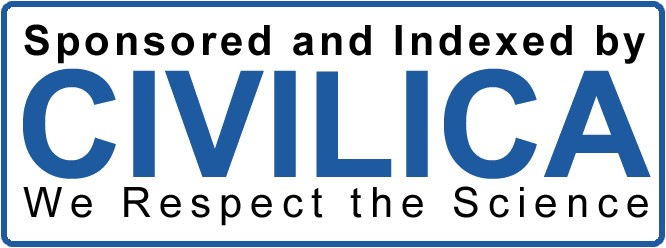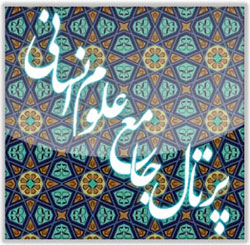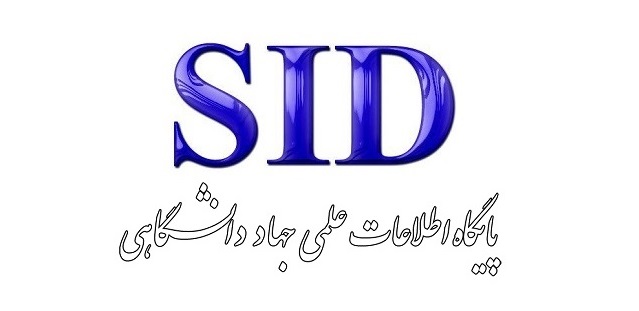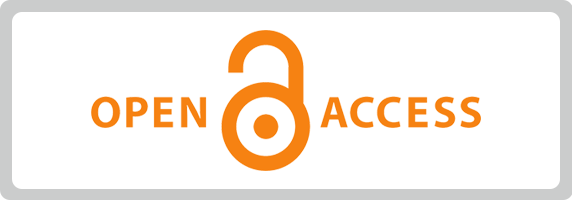Pathology of the Policy-Making Process in Economic Development Programs in the Islamic Republic of Iran (Case Study: Comparison of the Khatami and Ahmadinejad Administrations)
Keywords:
Economic development, decision-making, Khatami, Ahmadinejad, public policyAbstract
Growth and development are among the most significant contemporary challenges facing developing societies, as they both reflect the level of political, economic, and social cohesion and stability, and demonstrate the existing human, political, and economic capacities within these societies. The factors preventing the achievement of economic development goals in Iran are associated with multiple variables. This study, aiming to analyze the deficiencies of the decision-making processes in economic development programs from the perspective of public policy, examines the Khatami and Ahmadinejad administrations. The central research question is: What deficiencies have the decision-making processes in Iran’s economic development programs faced from the viewpoint of public policy during the Khatami and Ahmadinejad administrations? The main hypothesis is that both administrations encountered the challenge of multiplicity of decision-making centers; however, the Khatami administration benefited from a greater degree of economic liberalization, whereas the Ahmadinejad administration adopted a slogan-driven justice-oriented approach. This research is fundamental in nature and has been conducted using a descriptive-analytical approach and a case study method. Qualitative research tools such as collecting and reviewing printed sources, economic documents, economic and political narratives, as well as analyses and interpretations within the timeframe of the two administrations, were employed. The findings reveal that several key strategies can play a significant role in improving decision-making processes; if implemented simultaneously and integrated into the system, these strategies can lead to transparent and sustainable change in the development process. The objective of the study is to provide description, decomposition, analysis, and inference of the relationships among the available data, and to assess the degree of influence among variables in order to identify deficiencies and ultimately offer practical recommendations.
References
Aboozarilotf, M. (2014). Descriptive analysis of the discourses of post-Islamic Revolution governments in the field of economic development (1979–2013). Political Studies, 26(7), 137-164.
Akhavan-Kazemi, M., Sadeghi, S. S., & Nikonahad, A. (2018). Trend research of the political development process in contemporary Iran. Parliament and Strategy, 25(95), 209-246.
Alizadeh-Sarokelai, R., Keshavarz, B., Khoshkhatibi, M., & Moradi, A. (2020). Policy-making of the Islamic Republic of Iran government in combating administrative corruption. Political and International Studies, 11(43), 163-185.
Hatami, A. (2017). Comparative analysis of economic and political globalization in the Khatami and Ahmadinejad governments. Political Science Quarterly, 13(49), 97-130.
Karimi-Ketayounche, Y., Elahimansh, M. H., & Mohseni, A. (2021). Identifying the strengths of economic development policy in the Islamic Republic of Iran based on the SWOT model. Political and International Studies, 12(48), 61-84.
Malekpour, H., & Matlabi, M. (2020). The relationship between government and the new middle class in post-Islamic Revolution Iran (2005–2013). Islamic Revolution Approach, 14(51), 135-152.
Nademi, D. (2005). Expectations and demands of citizens from President Khatami’s government. Political–Economic Information, 19(213-214), 16-35.
Nojavan, S., Ahadi, P., & Ahmadi-Sefidan, H. (2021). Examining the impact of securitization on the identification, decision-making, and evaluation of the public policy-making process. Political and International Studies, 12(48), 247-266.
Pourahmadi, H. (2005). Strategic foundations of reforming economic development policies and government priorities in Iran. Strategic Studies, 8(30), 789-816.
Saifouri, F., Shahramnia, S. A. M., Hatami, A., & Emamjomehzadeh, S. J. (2020). A comparative study of the impact of globalization on Iran's social development during the Khatami and Ahmadinejad governments. Social Development, 14(55), 151-186.
Shahbazi, A., & Golshani, A. (2016). Political–business cycle: A case study of the governments of Seyed Mohammad Khatami and Mahmoud Ahmadinejad. Islamic Revolution Approach, 10(35), 87-112.
Zibakalam, S., Afshari, D., & Aslanzadeh, A. (2010). Causes of Khatami's rise to power (1997 Reformist Government) based on Samuel Huntington's theory of unbalanced development. Political and International Studies, 2(3), 51-76.
Downloads
Published
Submitted
Revised
Accepted
Issue
Section
License
Copyright (c) 2025 محمدرضا کاری (نویسنده); حجت اله درویش پور (نویسنده مسئول); محمد علی خسروی (نویسنده)

This work is licensed under a Creative Commons Attribution-NonCommercial 4.0 International License.








